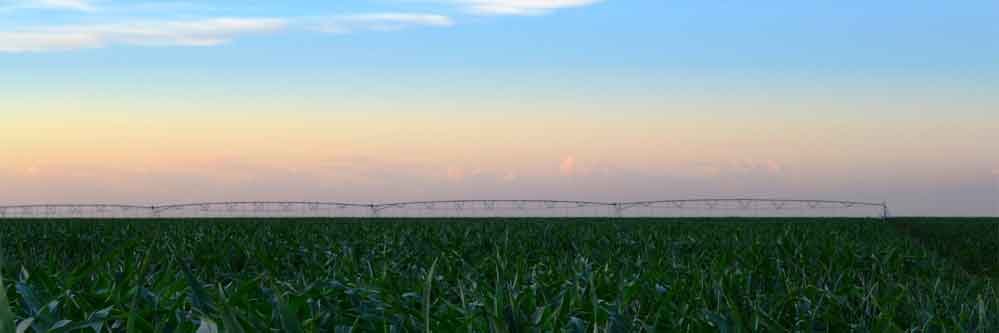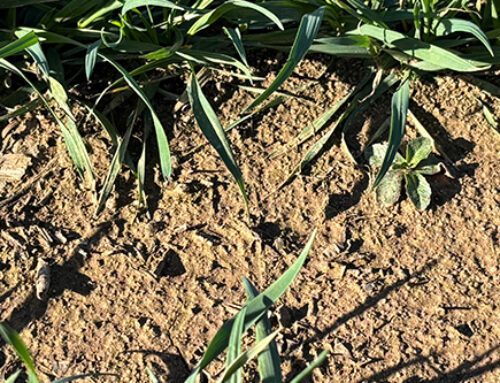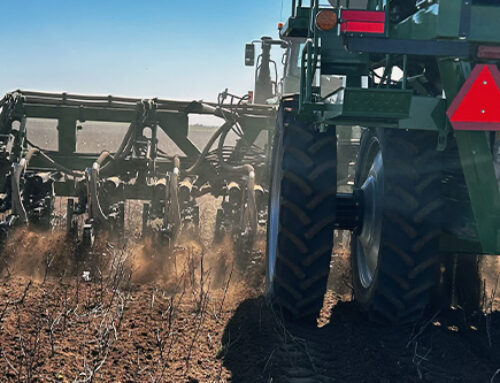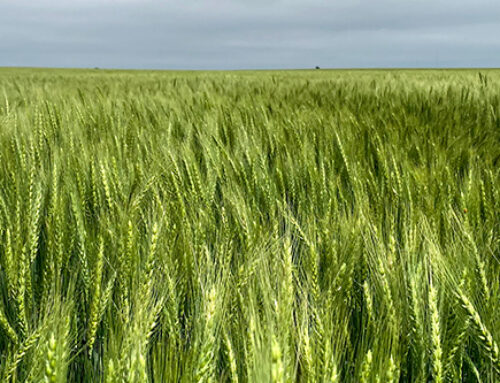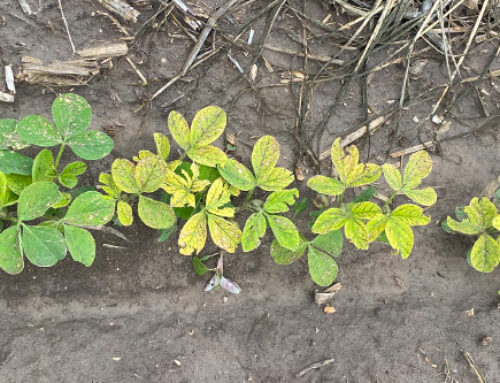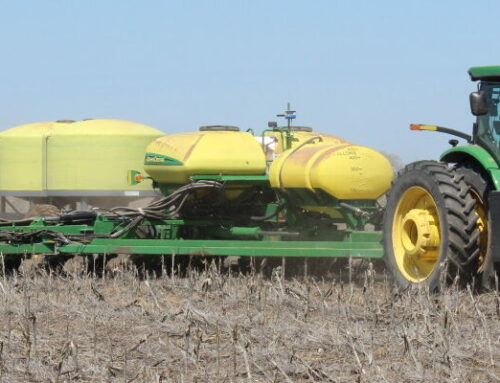
Q: For this coming growing season, can we expect significant moisture that will improve the current moisture deficit across the Western High Plains?
A: Well, that’s the million dollar question! Actually, we are quite concerned. You hear about how bad it is in California, but no one in the media is talking about the Plains. There has been a deficit for the past 3 years, at least, in this part of the country. Six months ago, it was a better situation. The Southwest Monsoon – which is a yearly pattern that occurs in July and August and brings moisture into the Southwest – was on steroids. There was a tremendous amount of moisture all the way into September. This set us up for a much better scenario for planting wheat. However, by early December, the moisture shut down. In the past several weeks, the drought intensity is increasing again and the reports coming in from the field don’t look good, even after a decent start.
Thankfully, Kansas, Nebraska, and other mid-western states benefited from the recent snowstorms that spread from the Midwest to the Northeast. The snows provided much needed ground cover, as well as moisture. Some places have had more than a foot of snow, the most moisture in weeks. While it isn’t enough to erase the large moisture deficits, it did act as insulation to ward off winterkill. Unfortunately, we believe this pattern to be short-lived.
Q: What can we expect going into the planting season? Can we count on a delay again this year?
A: Something I want to be very clear about is the past 2 years were about as extreme and unusual as one can experience. 2012 was the warmest March through May on record in the US; about as optimal as you can get for early corn and soybean planting. As great as the 2012 season started, it ended just as poorly with a crippling drought in the Corn Belt. In 2013, it couldn’t have been more opposite. Planting was very late as winter snows extended very late into May. It is rare to have two similar back-to-back seasons, and these extreme seasons are even more rare, ones that are impossible to predict.
Based on our research, weather will only repeat itself year on year about twenty percent of the time. So, if you are planning based on last year’s weather, there is a four in five chance you are missing an opportunity or putting yourself at risk.
Honestly, the best place to start planning for the upcoming season is to always assume normal. Do not expect a season like 2012 or 2013. Look at averages over the past 10 years, then fine tune. If we were to edge away from normal, then I would say it looks like weather will be beneficial to an earlier (1-2 weeks) planting than typical for the Plains. The pattern suggests there will be fewer weather-related issues getting into the field versus last year. There will be bouts of cold weather, but as spring comes, finding a series of warm, dry days for planting will be doable.
Q: We have dealt with an extended dry weather pattern. Is there any hope for an El Niño this season to change our fortunes?
A: Obviously the dry weather that’s good for planting will have different ramifications during the growing season. During 2010 to 2012, while good for planting, brought increasing heat and drought. Part of which was due to a cooling of the Equatorial Pacific Ocean, a cycle called La Niña. Historically, La Niña episodes have typically been associated with very extreme (hot and dry) growing seasons for North America. Currently, we are in a neutral El Niño-Southern Oscillation (ENSO) status – meaning the ocean temperature versus normal threshold isn’t being met for El Niño or La Niña. Over the last several weeks though, there has been a gradual warming in surface sea temperatures so a transition to a warmer El Niño is looking like a possibility although there is still uncertainty. El Niño events are typically ones that bring adequate to excess moisture to the West and Plains.
I am only cautiously optimistic, though. If an El Niño does occur, that should be a plus to help replenish moisture. That’s the good news. The not so good news is that it wouldn’t occur until mid to late summer. So, it would likely be too little too late for the 2014 growing season, particularly for wheat. The moisture that could come from El Niño this year would fall close to wheat harvest time. However, the real benefit may not be realized until the winter of 2014 to 2015 and beyond. The closer we get to April and May, the more we will know.
Water management could be an even greater issue this growing season. Irrigated fields may be dealing with water restrictions in areas and dryland fields could be in real trouble. If we get an early start to the monsoon, that could help. However, the upcoming hurricane season is shaping up to look rather quiet, so don’t expect much moisture from tropical storms, either.
I always like to end on a positive note. Again, planting should be earlier this year with a lower chance of late freeze against a very difficult start last year. Adopting efficient water management strategies will increase your chances for a successful crop in 2014.
Planalytics is a business weather intelligence company. It works with economic segments from energy to insurance to retail and manufacturing. Agriculture is one of the segments they specialize in, providing valuable information that growers can use to make better “weather-driven” decisions such as when to fertilize, when to plant, and so on. To learn more about Jeff Doran and Planalytics work, visit their website http://www.planalytics.com.
